The South Carolina low country, the region along the state’s coast, immediately conjures up images of live oak trees dripping with Spanish moss, wildlife that flourishes in the dense marshland, fresh seafood, grits, and platefuls of gumbo or good barbecue. But in addition to its natural beauty and culinary appeal, the South Carolina low country also presents complex history and stunning architecture.
It’s home to many old mansions and plantations, which tell stories about agrarian history, grit, and identity. These grand homes are marked by both their beauty and ruthlessness, their architectural grandeur and their humble slave accommodations.
By no means an exhaustive list of South Carolina’s low country historic homes and plantations, the places below are striving to preserve the history of these incredible landmarks.
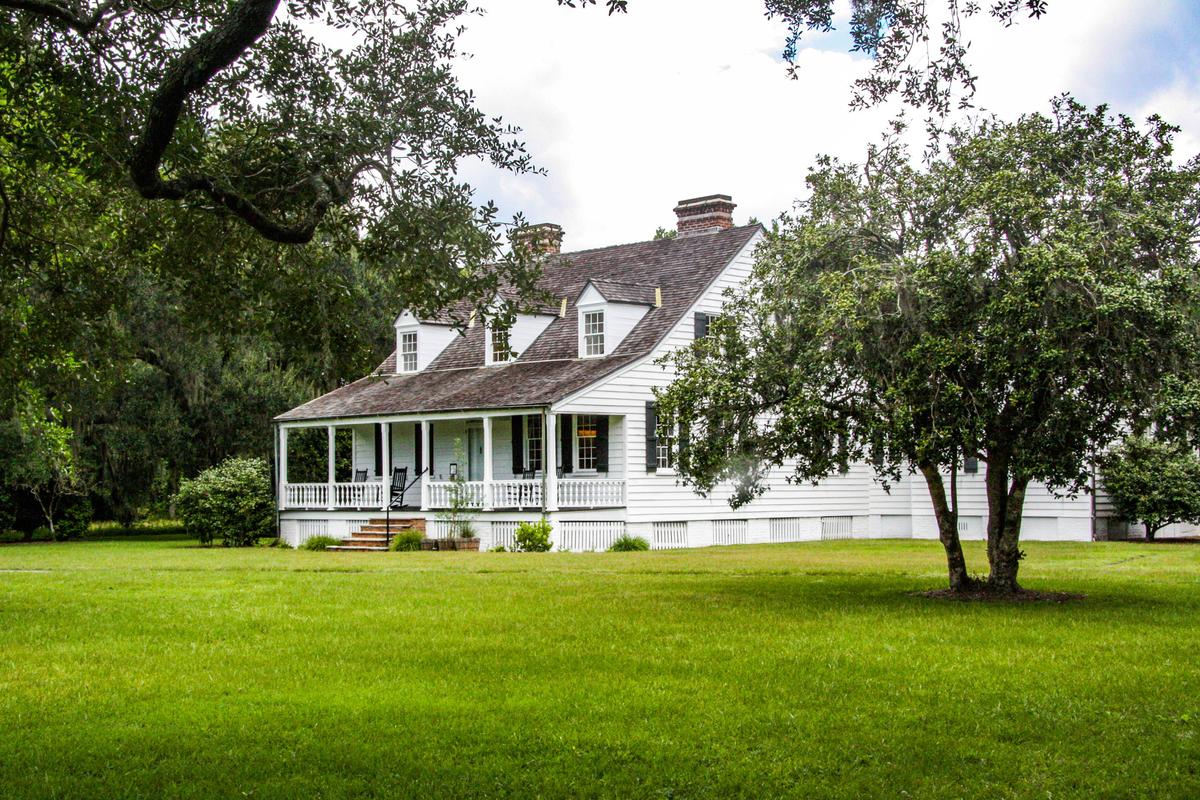
Snee Farm, Home of Charles Pickney
Charles Pickney was a four-time governor of South Carolina and a principal author of the U.S. Constitution. He split his time between Charleston and Snee Farm, his 715-acre family plantation in Mount Pleasant, which grew rice and indigo.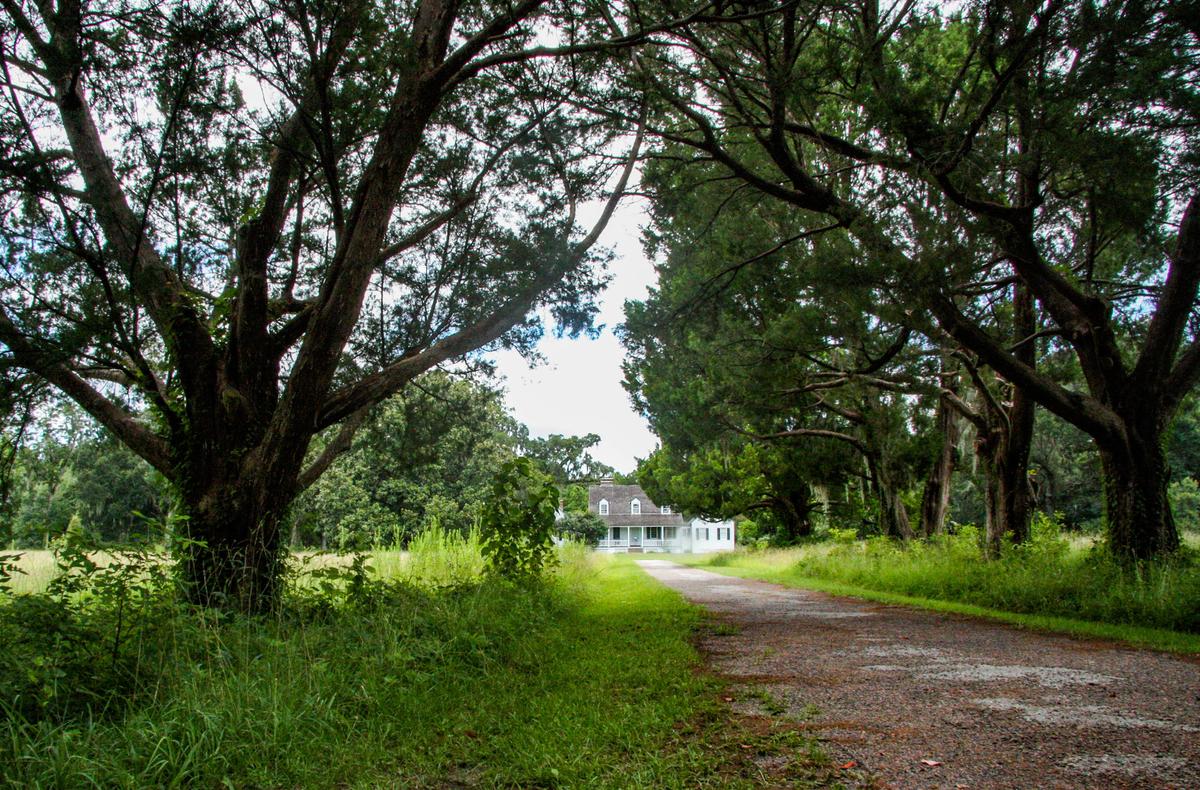
Although the original plantation home no longer stands, the remaining 28 acres of the farm, the surviving outbuildings, and the farmhouse built in 1828 help to tell the story of Pickney, his slaves, and the nation’s agrarian history. One can walk paths lined by cedar trees and explore where rice fields used to be.
Due to COVID-19, only the outside grounds and restrooms are open to the public at this time.
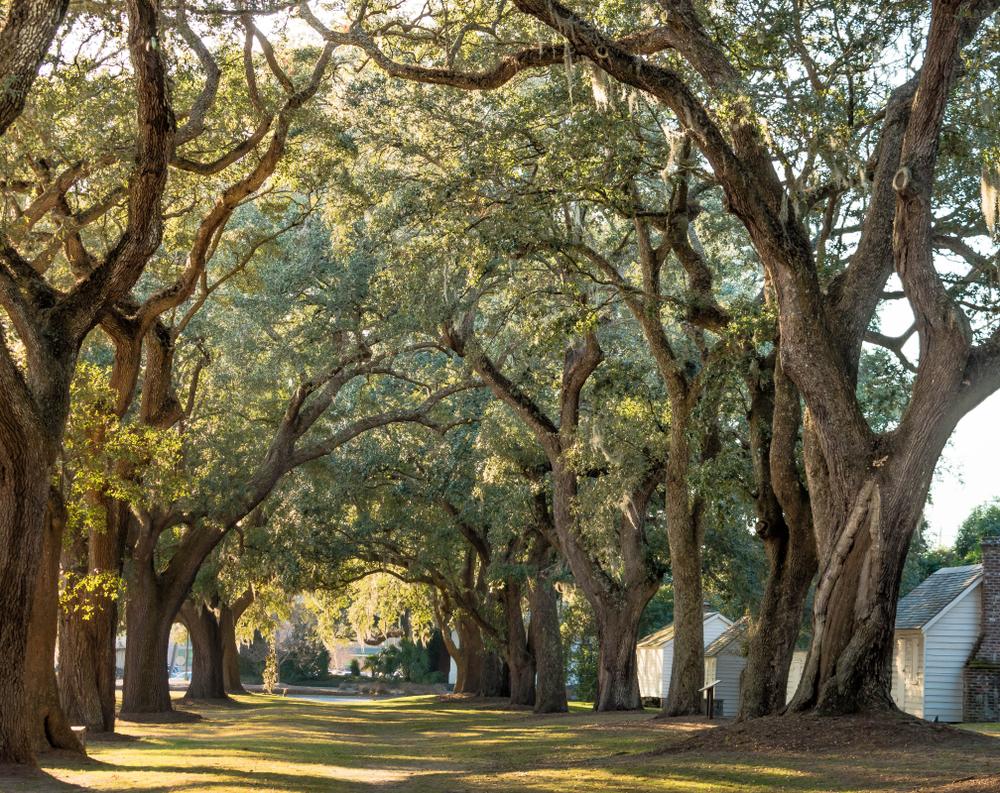
McLeod Plantation
Located on James Island, the McLeod Plantation, which now serves as a Gullah/Geechee Heritage Site, was established in 1851 to produce sea island cotton. The history and heritage of this 37-acre plantation have been carefully researched and explored from every angle. Visitors can tour both the McLeod family home and slave quarters, learn about the making and significance of sea island cotton, and explore the daily lives and rhythms of those who worked there.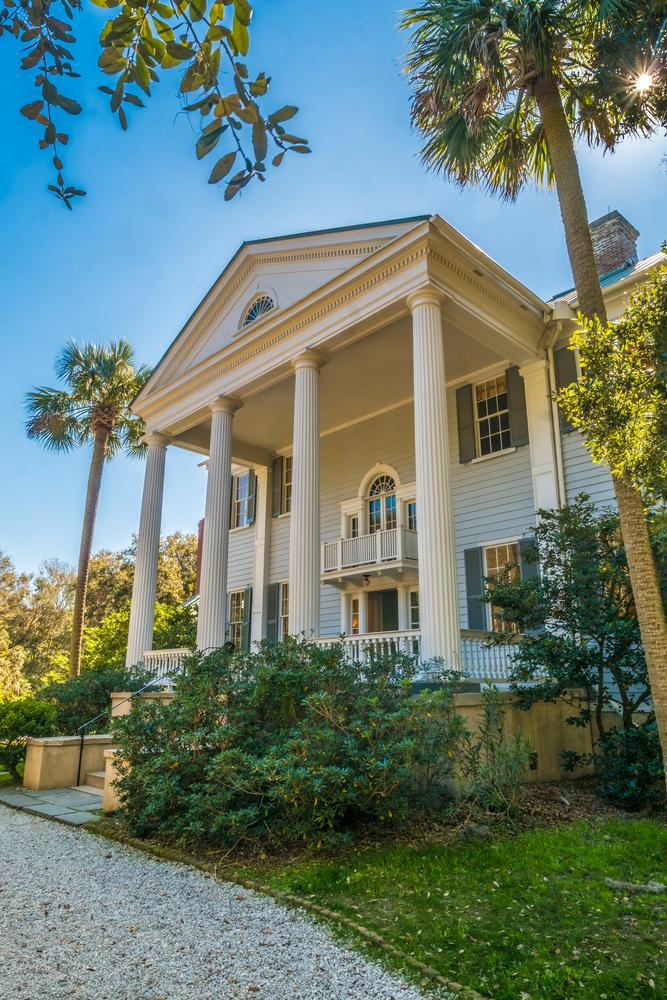
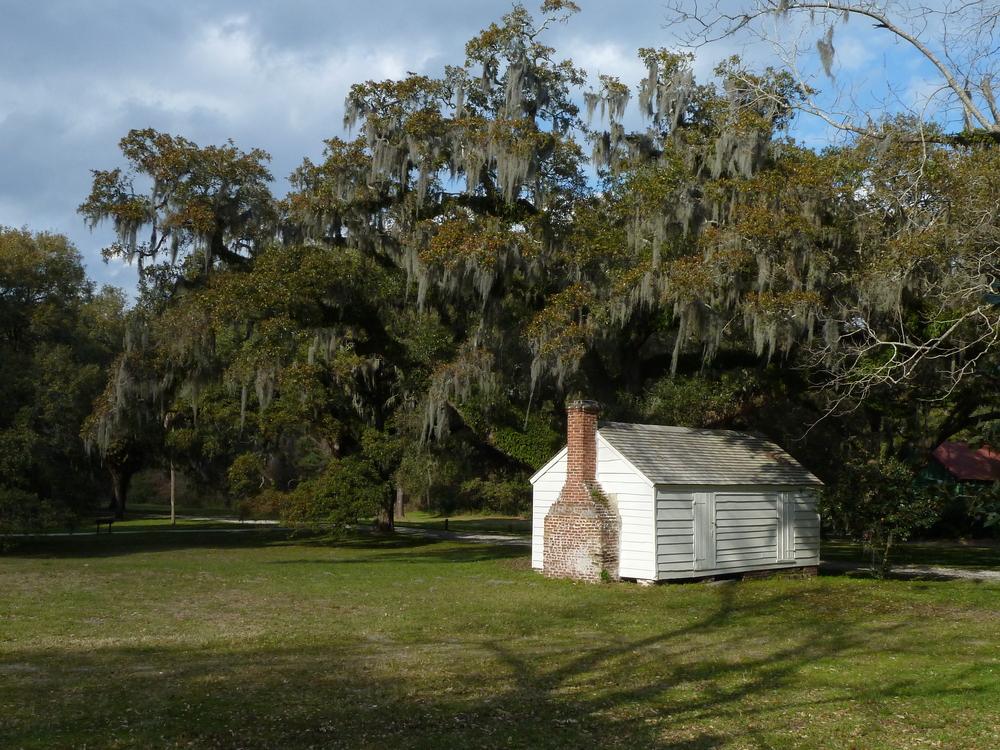
The main home is perched behind a walkway of live oaks. Built in the Georgian style, the home is still intact and open for tours. It’s impossible not to take in the beauty of the McLeod Oak, estimated to be more than 600 years old.
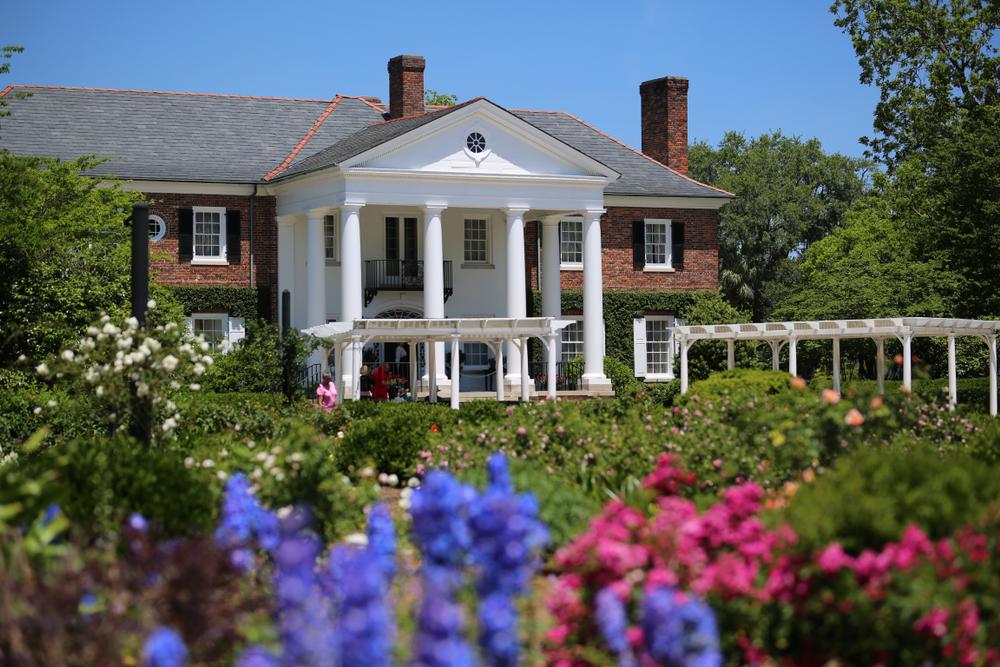
Boone Hall Plantation
One of the most famous plantations in South Carolina, the live oak tree corridor alone makes this Charleston-based Boone Hall Plantation and Gardens a must-see. Guests to this plantation can walk through the sites of some of their favorite films: “The Notebook,” “North and South,” and “Scarlett” were all filmed there.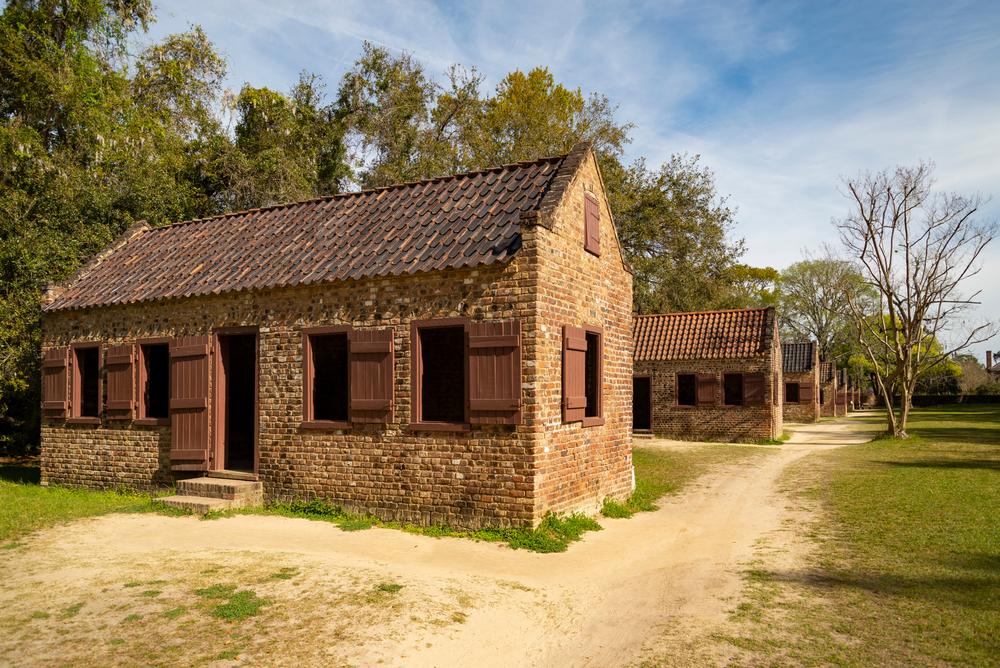
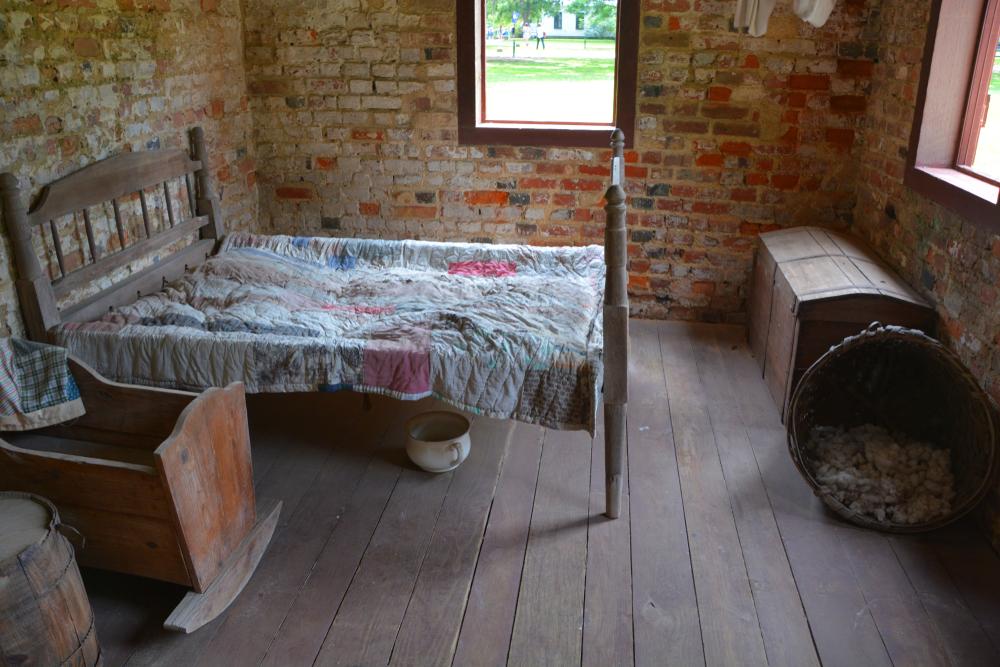
Visitors to Boone Hall can explore the mansion, rebuilt in a Colonial Revival style in 1936 as part of the Second Wave of Reconstruction. The Black History in America exhibit highlights different aspects of the life of a slave at Boone Hall. The Butterfly Pavilion offers a variety of butterfly species to enjoy.
Fields that once grew cotton and pecans are now home to strawberries, tomatoes, and peaches, which are harvested through a U-Pick program and at a nearby market.
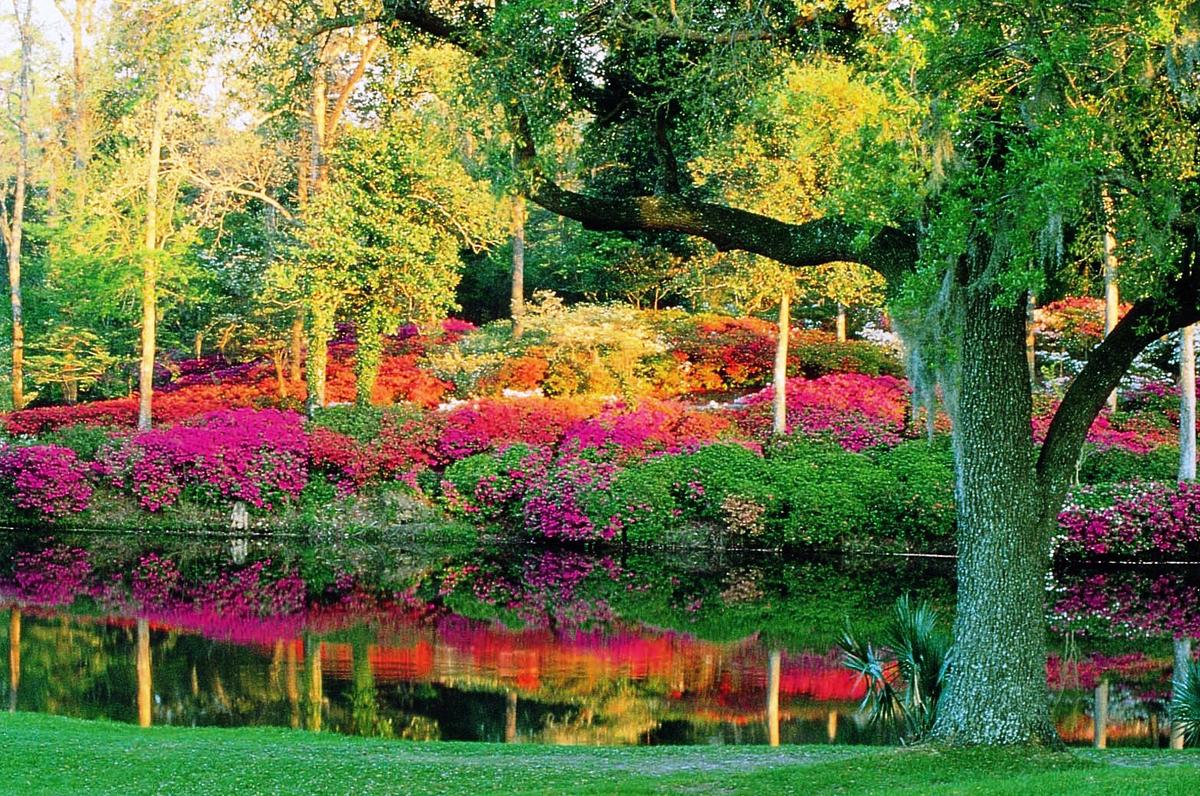
Middleton Place
Home to some of the oldest and lushest gardens in America, Middleton Place near the Ashley River offers striking views and detailed history. Once an 18th-century rice plantation, Middleton Place was burned at the end of the Civil War and restored in colonial style in the 1900s. Arthur Middleton, who was born at Middleton Place, grew up to be one of the signers of the Declaration of Independence.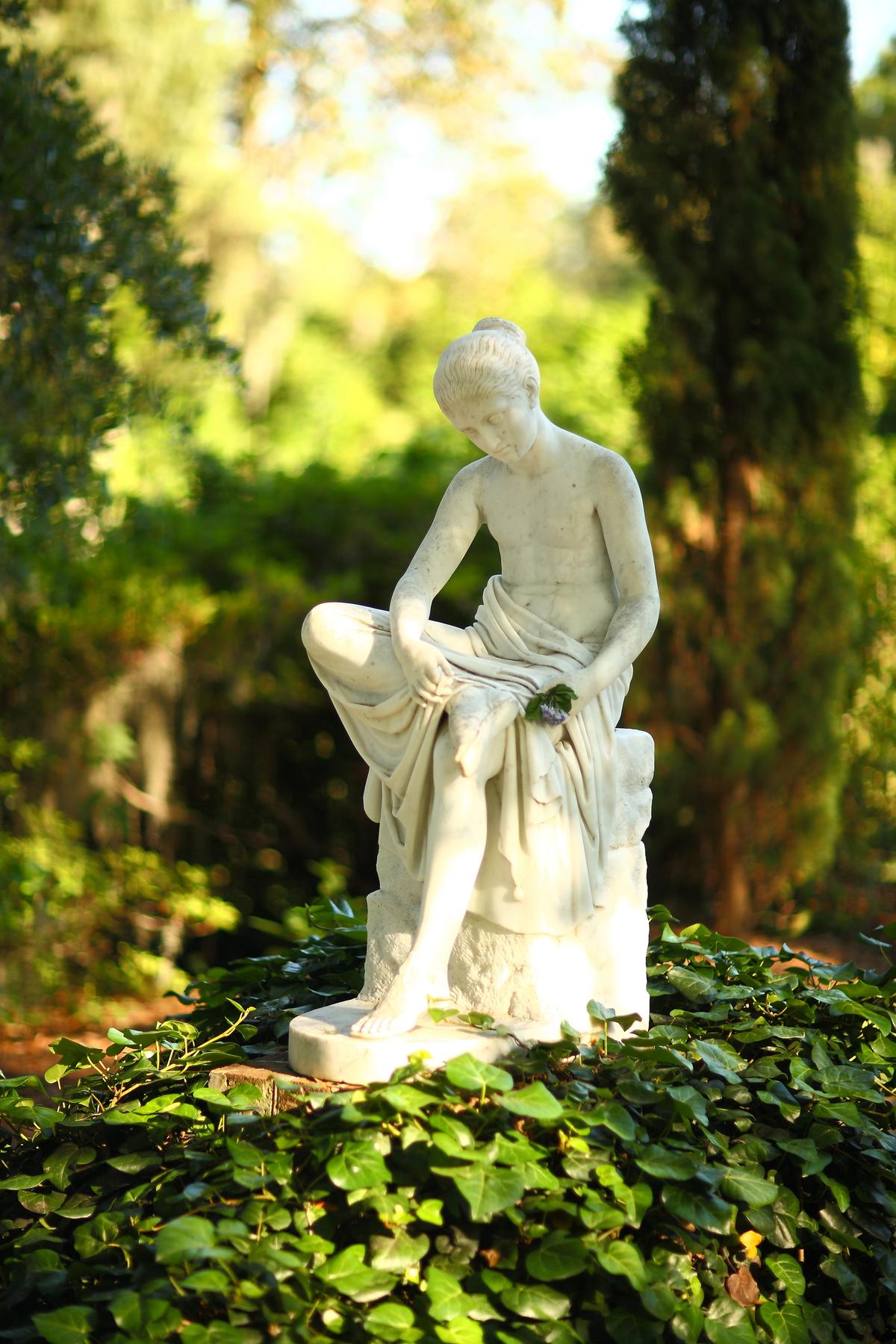
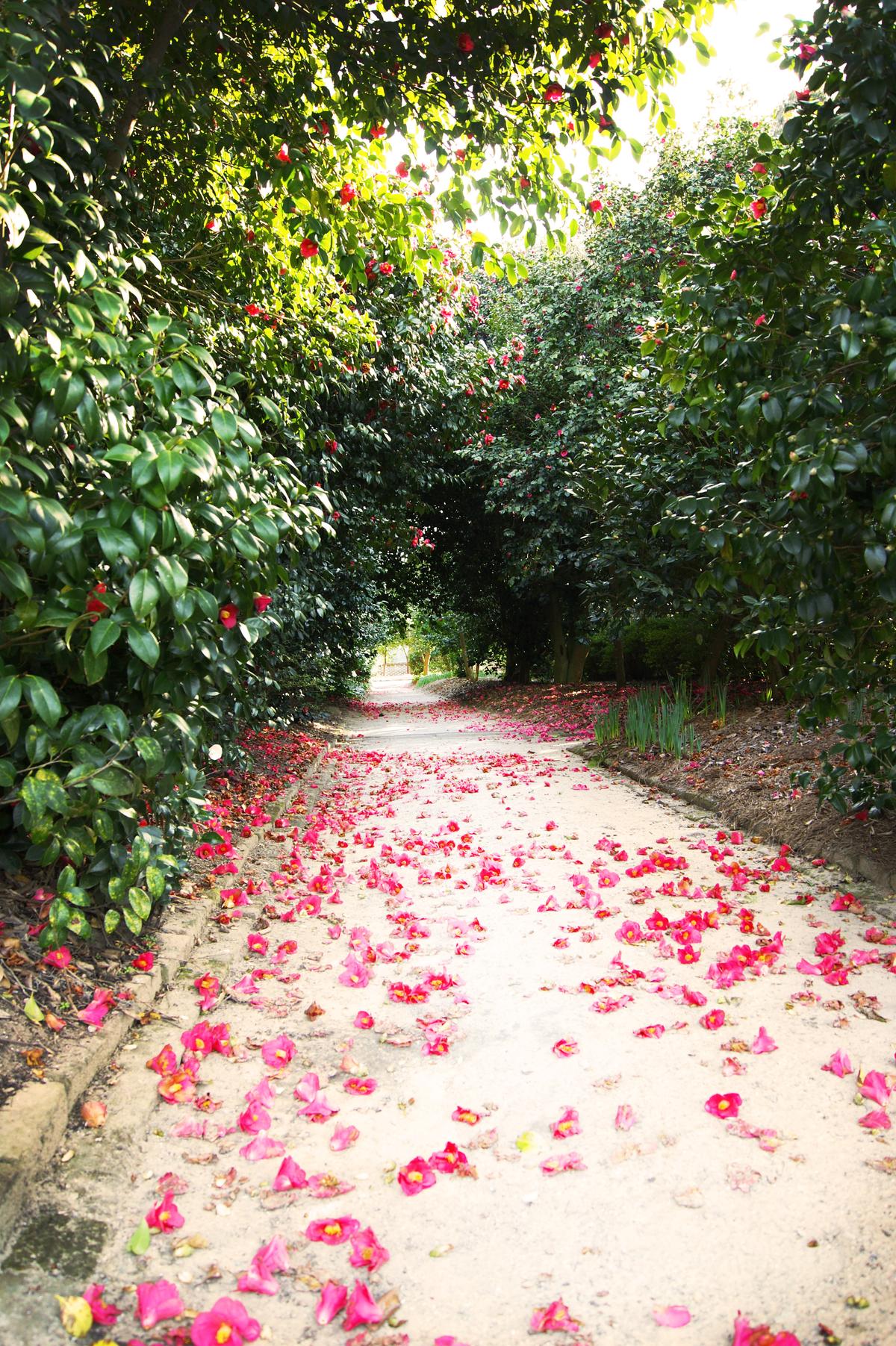
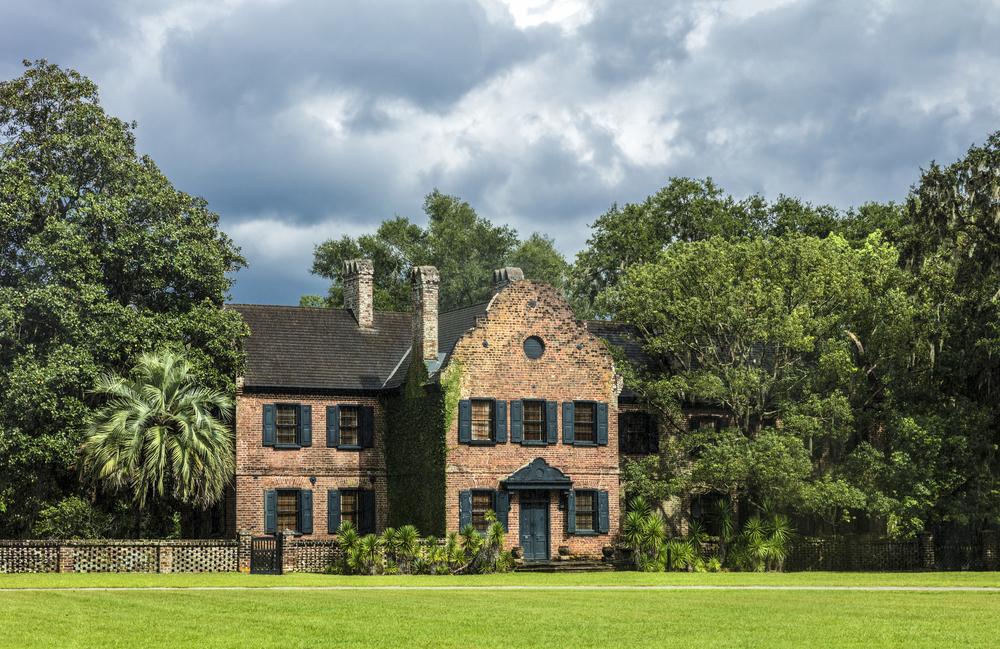
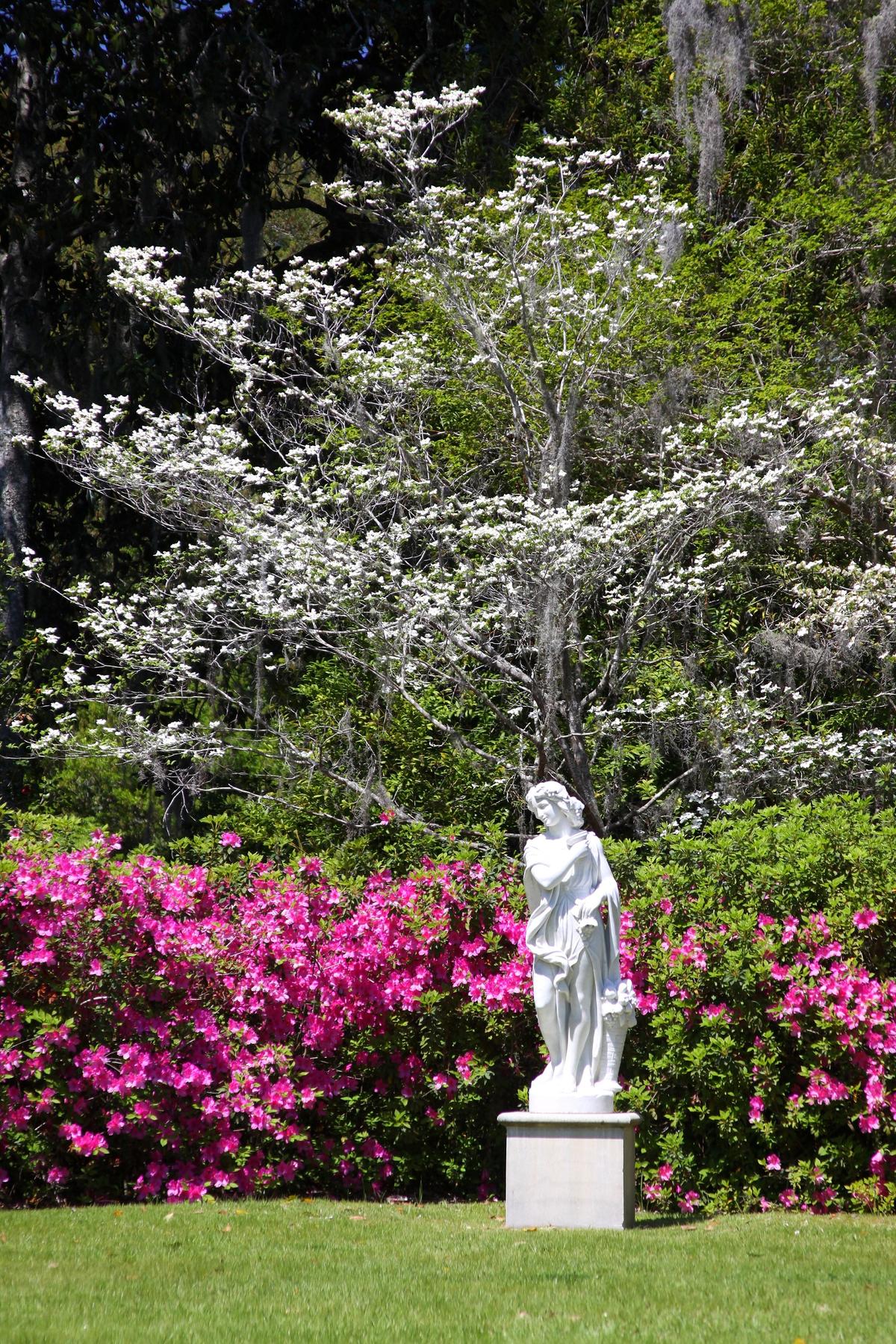
Visitors can explore more than 100 acres of garden, dotted with camelia, crepe myrtles, and azalea. The gardens are designed to reflect the grand classic style popular in Europe during the 1700s and include terraces, walkways, and even a pair of lakes shaped like the wings of a butterfly.
Botany Bay (Sea Cloud and Bleak Hall Plantations)
While no longer home to any kind of standing building, what Botany Bay lacks in historic architecture, it makes up for in natural beauty. The driving tour of the grounds offers incredible views of wildlife, oak trees, and marsh views.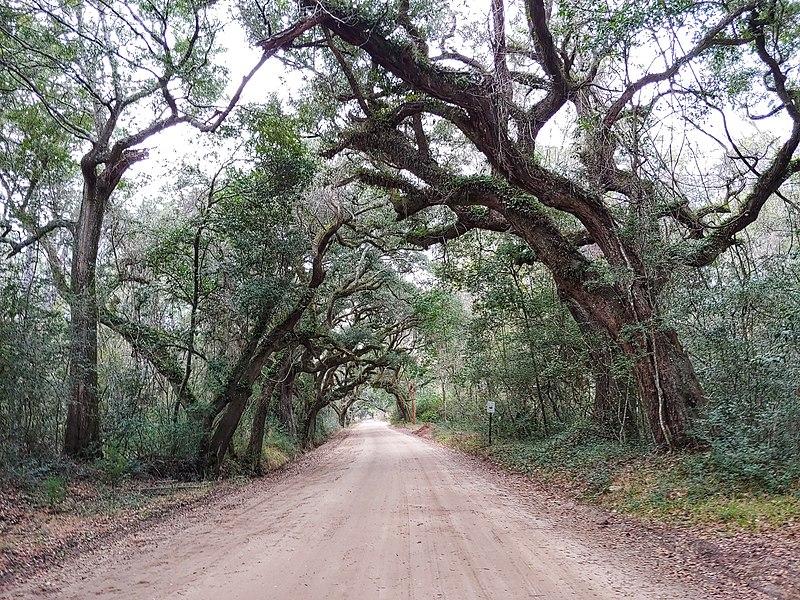
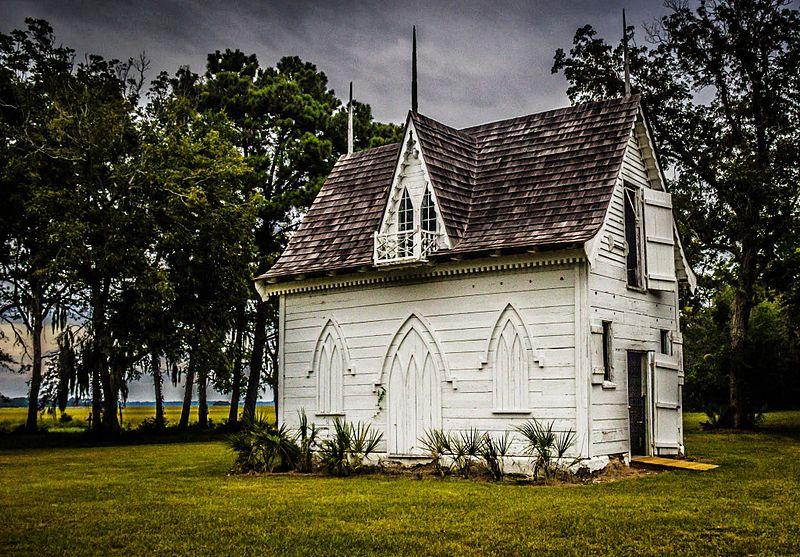
Today, Botany Bay is still a working plantation, as well as home to an unspoiled, white-sand beach that is also free and open to the public. Visitors can explore fallen trees that line the beach, the tidal pools, and the breathtaking views of the sea.

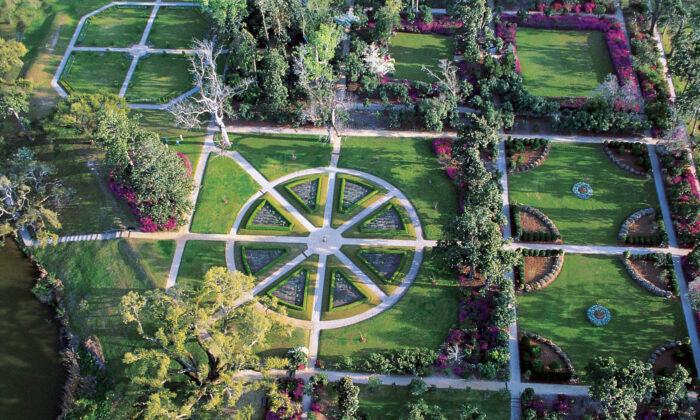
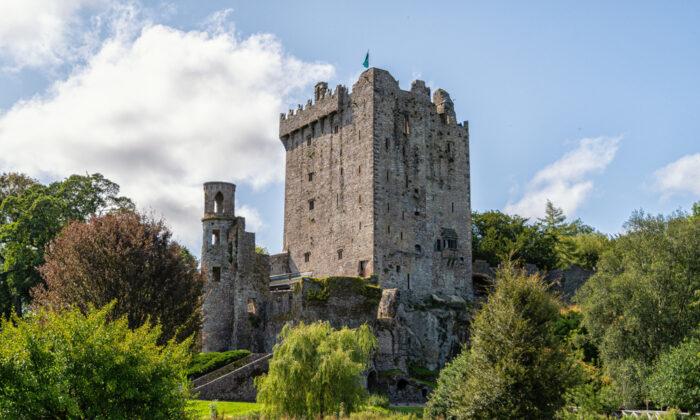

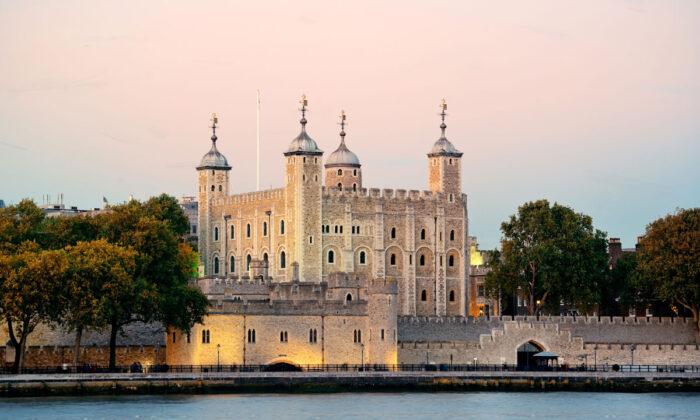
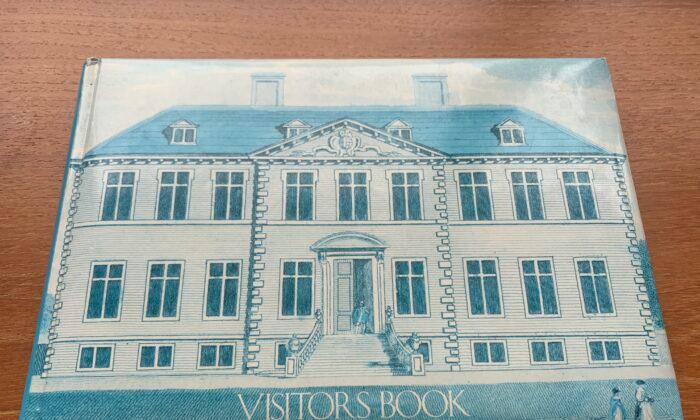
Friends Read Free